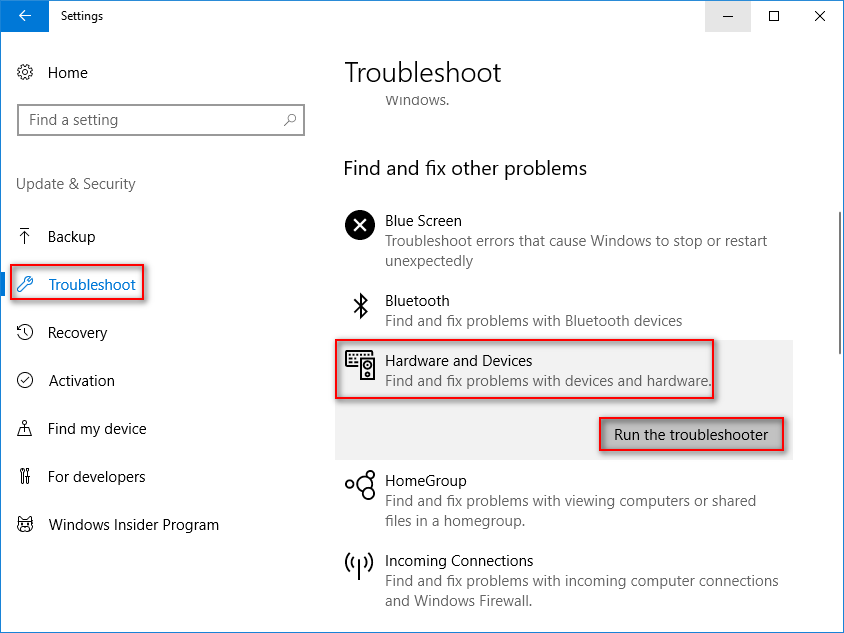
With these steps in place, you should be able to connect your USB device with ease. Additionally, it’s important to ensure that your Mac is set to show external drives on the desktop when you first insert the flash drive. You just need to make sure the drive is turned on, properly connected to the port, and that the latest software has been installed. In conclusion, connecting a USB flash drive to your Macbook is relatively straightforward. In addition, many accessories such as external hard drives and flash drives now come with USB-C connections, making it easier to connect newer devices to modern laptops.

The physical shape of the new USB-C port is also smaller than a USB-A port, which allows for more internal space in modern laptops. This new technology is more powerful and efficient than the older USB-A ports, allowing for faster data transfer speeds, higher resolutions, and increased power delivery. If your external hard drive is not detected, follow these steps to fix the issue: Go to Applications and open Utilities In the Utilities folder, select Disk Utility In the View menu at the top of your screen, select Show All Devices Select your external drive and click Unmount Connect your external drive again If your external Mac hard drive is not detected, try changing its format to APFS, FAT 32, or exFAT.

The new MacBook Air and other Apple laptops no longer have USB-A ports due to the introduction of USB-C/Thunderbolt 3 technology.


 0 kommentar(er)
0 kommentar(er)
